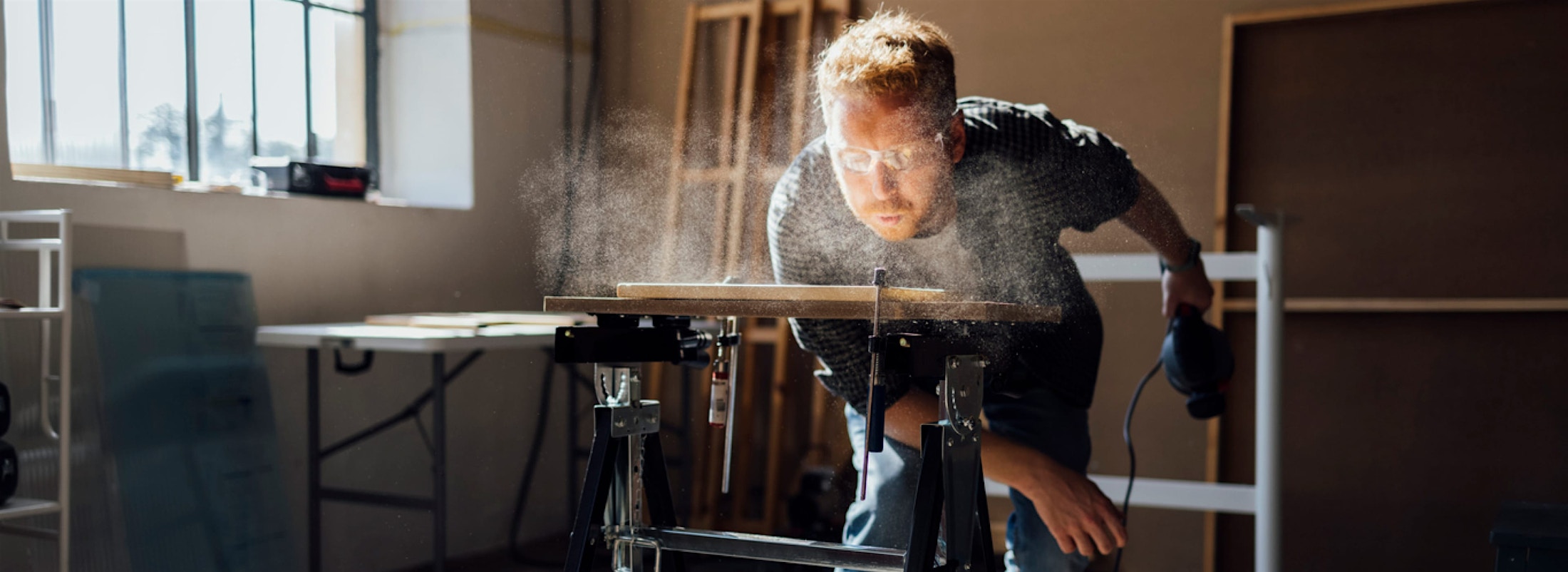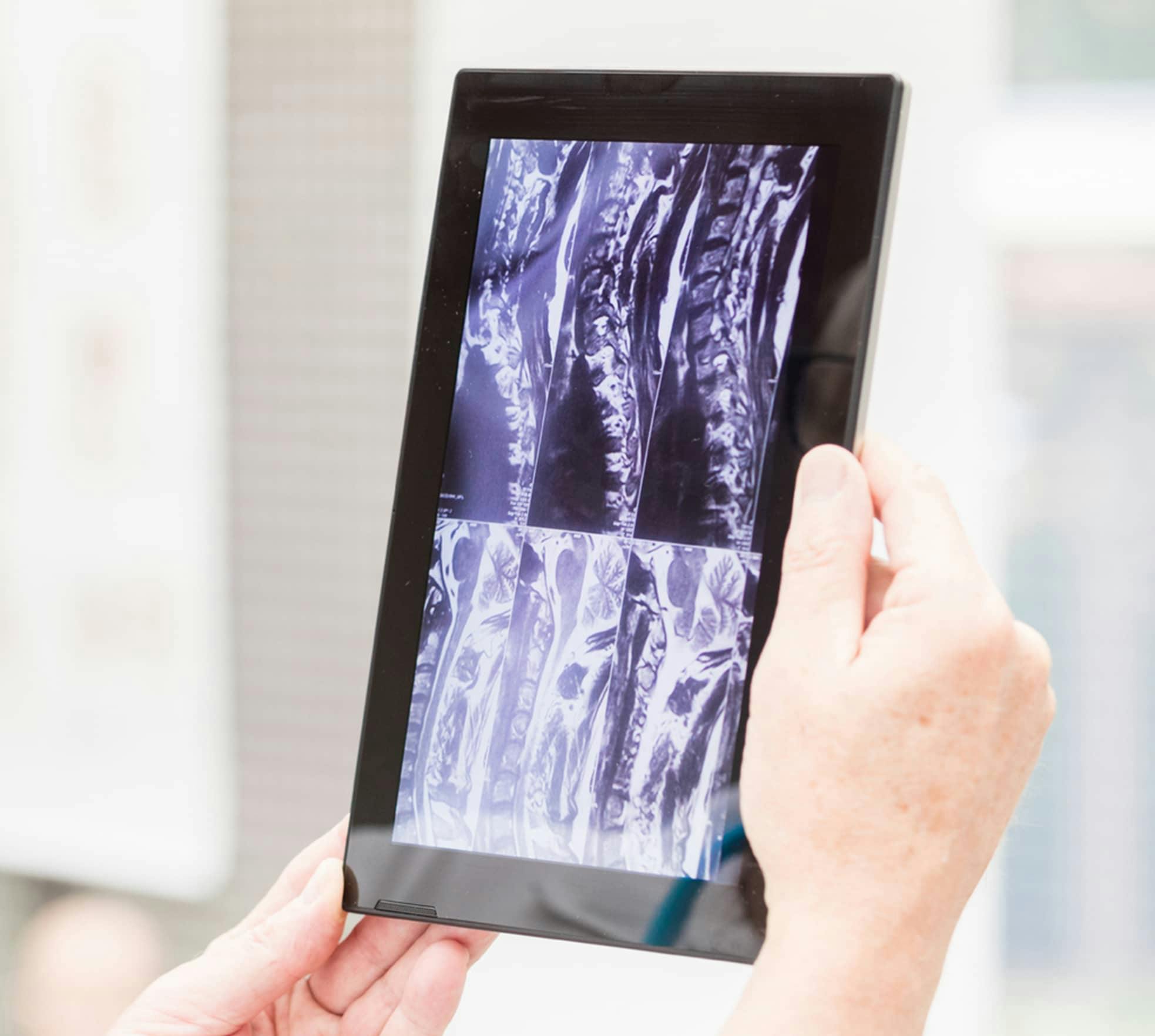See New Jersey’s Orthopedic Experts for a Discogram
A discogram is an essential diagnostic procedure similar in some respects to a myelogram. It involves the injection of special dye prior to X-rays and often a CT scan. What sets a discogram apart is that the dye is carefully injected into the spinal discs, as opposed to the spinal column itself. As spinal discs do not readily appear on standard X-rays, the injection of dye during a discogram plays a crucial role. It can reveal whether a disc has ruptured, causing a herniated disc, as any dye leakage will be clearly visible. Moreover, if you experience pain during the injection, it may indicate that a specific disc is the source of your discomfort. A discogram is a valuable tool for pinpointing which discs may be contributing to your pain.
The Discogram Procedure
During the discogram test, you will have an intravenous (IV) line in place, ensuring your comfort and safety.
The IV may be used to administer sedation if necessary and to guard against any potential allergic reactions.
While lying face down on the examination table, needles will be carefully inserted into the selected discs. Our doctors are sensitive and highly trained – while some patients find needles scary, the utmost care is taken to maintain your comfort.
The dye will then be injected, and X-ray images will be taken. The procedure may be uncomfortable but typically lasts around 20 minutes and is a first step to relief from your back or neck pain. In some cases, you may also be scheduled for a CT scan to provide your physician with additional information.


Preparation and Recovery
To prepare for your discogram, it's essential not to consume any food after midnight on the day of your exam. You should also consult your physician regarding your regular medications and whether they should be taken as usual. The dye used during the procedure will naturally be eliminated from your body through urine flow a few hours after the test. Given the possibility of sedation during the procedure, you will not be able to drive home afterward. Plan to have a responsible individual accompany you or arrange for transportation. Following the discogram, it's advisable to rest for at least the night to ensure your well-being.
We Look Forward to Meeting You at the Center for the Functional Restoration of the Spine
If you've been experiencing pain or have been recommended for a discogram, we invite you to visit us in Shrewsbury, Toms River, or Edison. Your orthopedic care team is here to get you the customized treatment plan you deserve. Take the first step toward addressing your orthopedic needs—contact us today to make an appointment.



